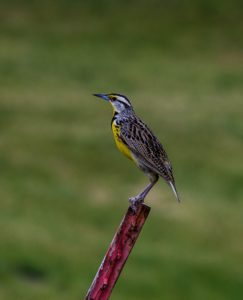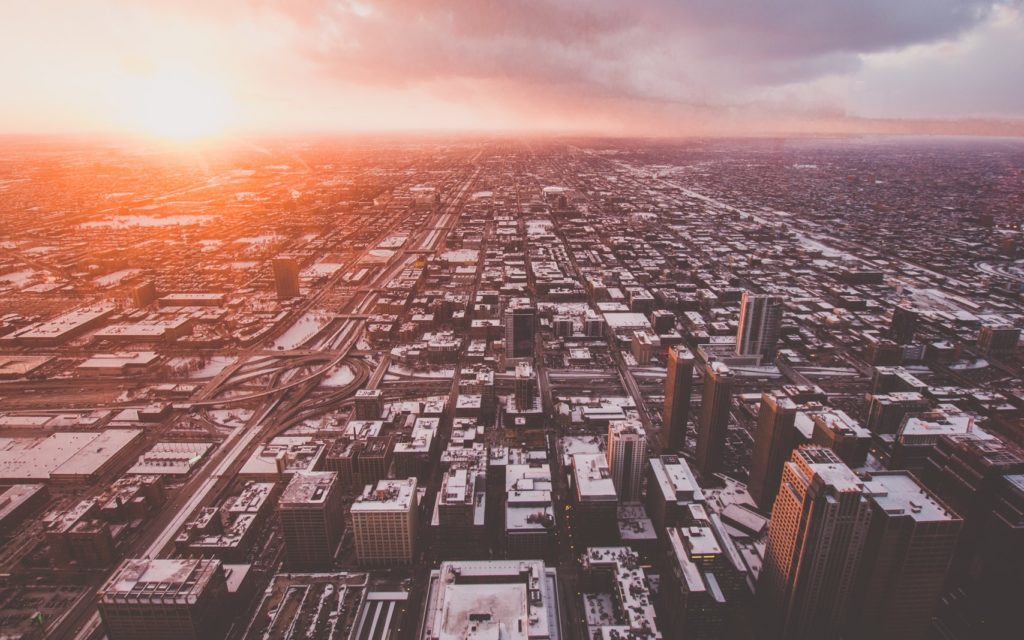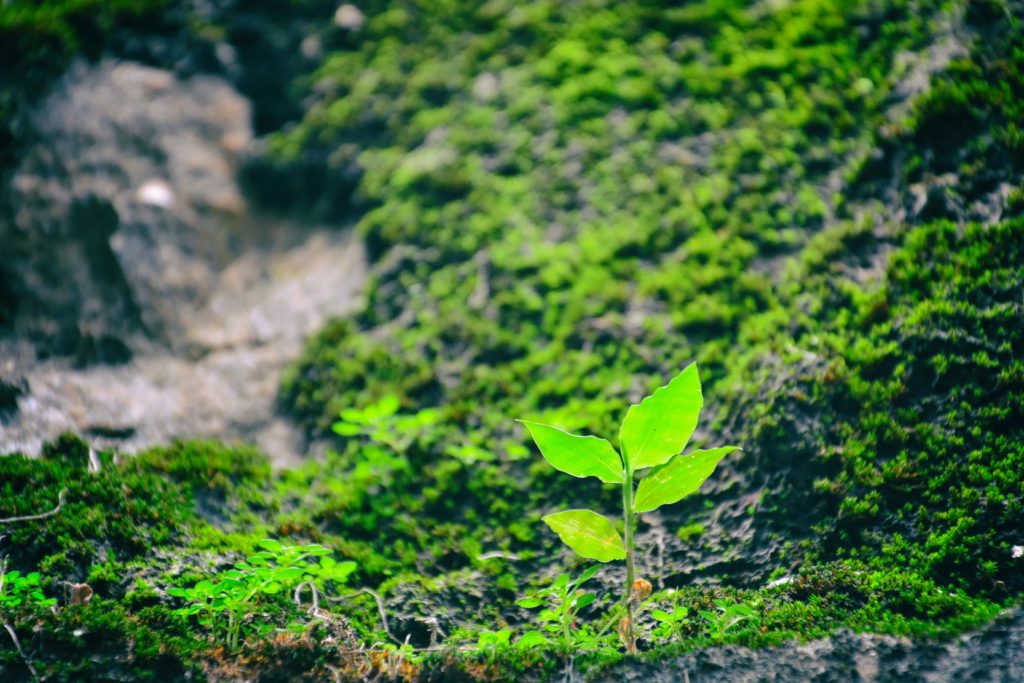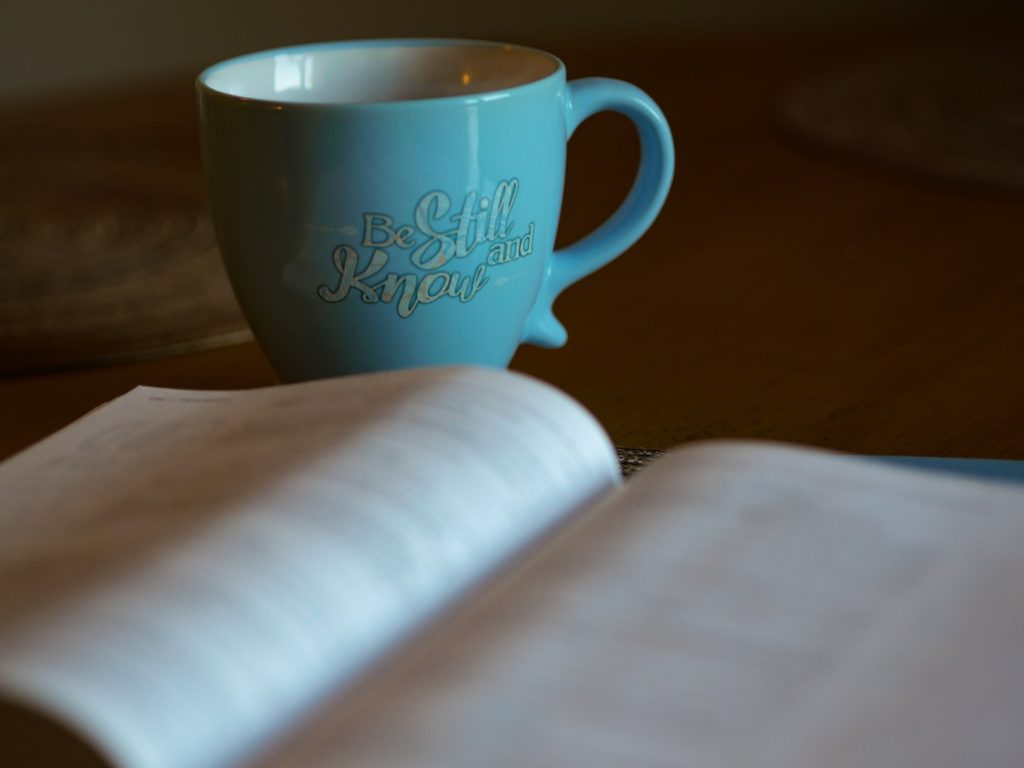
For me a session needs to have a balanced blend of meditation and yoga. Or some other form of physical exercise. Physical work and vigorous exercise should be part of your training, and this can be performed just before sittings so your body will be more comfortable and you will appreciate the cooler conditions.
Some yoga meditation centers will keep their rooms warmer.
They tend to focus more on relaxation than on vigor, although the distinction is not black-and-white, and you’ll find variations among all styles.
In the winter I often move to
Zhan Zhuang.
The cold will not have any negative side-effects on your meditation, not at all. I actually prefer meditating in a cooler place, because I think it helps keep me alert. But when sitting in the cold you should protect the vulnerable areas that can be easily penetrated by cold.
When you meditate in the cold make sure to cover your upper back and the back of your neck, up to the base of your skull.
This spot is notorious in Chinese Medicine as a place where wind and cold easily enter the body and create sickness.
Keep your lower back well protected.
Even if you don’t want to wear many layers on the rest of your body, the kidney area just below the ribs should be kept warm and protected against drafts.
Although cold may not penetrate as easily there, the repercussions are more serious if it does. I once got a kidney infection by being exposed to the IL winter. When I later learned that this area is seen as the deep energy storage for the body, and its weakness is cold; protecting it became a priority to help prevent the kind of deep exhaustion and illness that otherwise can occur in winter.
Cover your knees or wear thicker pants or warmers.
The knees are another gateway where cold can enter, and they are connected to the deep storage area around the kidneys. As large joints they also don’t have as much blood supply circulating through them, so the joints themselves become vulnerable to injury.
If it’s cold enough to warrant it, you may want to wear a hat, as some monks do.
Zhan zhuang standing practice in Qigong can heat your body up very quickly, and can train your ability to allow flow within minutes; and flow means circulation, which means warmth.
Zhàn zhuāng, literally: “standing like a post“, is a training method often practiced by students of neijia (internal kung fu), such as Yiquan, Xing Yi Quan, Bagua Zhang and Taiji Quan. Zhan Zhuang is sometimes translated Standing-on-stake, Standing Qigong, Standing Like a Tree, Post-standing, Pile-standing, or Pylon Standing. It is commonly called a form of Qigong, despite the differences from other Qigong methods in Zhan zhuang’s orientation.
This is possible within a few weeks or months of standing practice, depending on your body and aptitude.
This is useful because when we stay active outdoors; the body adapts to cold. It is even practiced here in the West. We just don’t realize it. By repeatedly exposing the body briefly to deep cold encourages cellular energy generation known as
mitochondria activity. You can observe this with lumberjacks, who, may plunge their hands, feet, and face into snow to develop long-term resistance to cold, and some folks do regular plunges in cold baths or even icy lakes.


 Many of my published friends refer to writing as an expensive hobby.
Writing as a simple hobby, it is one of the cheapest ones you could pick. On top of that I have seen very few agents prefer paper submissions. Most want you to send it electronically now, so that helps if you ever decide to submit a manuscript.
Many of my published friends refer to writing as an expensive hobby.
Writing as a simple hobby, it is one of the cheapest ones you could pick. On top of that I have seen very few agents prefer paper submissions. Most want you to send it electronically now, so that helps if you ever decide to submit a manuscript.




 The joy of a home cooked meal. There is something about it. I can’t tell you exactly what it is, why it means so much to me, or what it means to you. All I can clearly say is that it is not something that I really appreciated until it was gone.
My mother can cook. And while we didn’t live on a far, suburban Chicago still knows how to bake an apple pie.
For me, cooking is freedom, meditation, and a treat. It’s good for clearing my mind after a long day. I don’t get to cook at home nearly as much as I would like, but when I do I feel right at home. I also find great satisfaction in efficient prep, kitchen chemistry and resetting the space ready for next time.
It is easy if you are motivated. But as my friends say: “why would I want to spend time cooking.”
If you want to enjoy cooking, and I mean really enjoy it, you need to start out with something that is rewarding to you. Something that you like to eat when you are out because it is too much effort to make it yourself. Learn to master your favorite foods first. This will give you more knowledge than you will first realize. Whether that something readily available like pizza it doesn’t matter. You can always make a better pizza than you can buy. You simply need to practice. And who doesn’t like eating their practice?
As you become more experienced and you optimize/organize you kitchen/tools/food storage abilities, it will become less of a chore and become easier and easier.
Knowledge of food safety is also important.
I am amazed when one of my friends will tell me they aren’t feeling well. That is what happens when you leave your takeout out for days before finishing it off. I am thoroughly amazed that none of them have come down with a nasty case of food poisoning.
Use good ingredients. Even when you are getting started. It will be so much more rewarding.
When you know how to cook, you can make food that’s better tasting, healthier, and more affordable than what you can get at a typical restaurant (even when you splurge on the really expensive ingredients). What’s not to love?
Everyone needs to eat, but compliments are the best.
The joy of a home cooked meal. There is something about it. I can’t tell you exactly what it is, why it means so much to me, or what it means to you. All I can clearly say is that it is not something that I really appreciated until it was gone.
My mother can cook. And while we didn’t live on a far, suburban Chicago still knows how to bake an apple pie.
For me, cooking is freedom, meditation, and a treat. It’s good for clearing my mind after a long day. I don’t get to cook at home nearly as much as I would like, but when I do I feel right at home. I also find great satisfaction in efficient prep, kitchen chemistry and resetting the space ready for next time.
It is easy if you are motivated. But as my friends say: “why would I want to spend time cooking.”
If you want to enjoy cooking, and I mean really enjoy it, you need to start out with something that is rewarding to you. Something that you like to eat when you are out because it is too much effort to make it yourself. Learn to master your favorite foods first. This will give you more knowledge than you will first realize. Whether that something readily available like pizza it doesn’t matter. You can always make a better pizza than you can buy. You simply need to practice. And who doesn’t like eating their practice?
As you become more experienced and you optimize/organize you kitchen/tools/food storage abilities, it will become less of a chore and become easier and easier.
Knowledge of food safety is also important.
I am amazed when one of my friends will tell me they aren’t feeling well. That is what happens when you leave your takeout out for days before finishing it off. I am thoroughly amazed that none of them have come down with a nasty case of food poisoning.
Use good ingredients. Even when you are getting started. It will be so much more rewarding.
When you know how to cook, you can make food that’s better tasting, healthier, and more affordable than what you can get at a typical restaurant (even when you splurge on the really expensive ingredients). What’s not to love?
Everyone needs to eat, but compliments are the best.  It’s called Geocaching. And as you might have guessed it is a website, you can find it under
It’s called Geocaching. And as you might have guessed it is a website, you can find it under